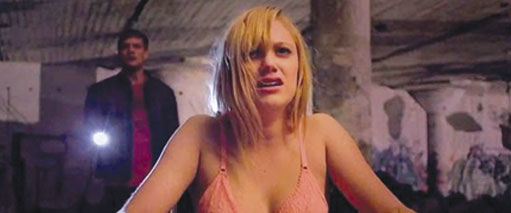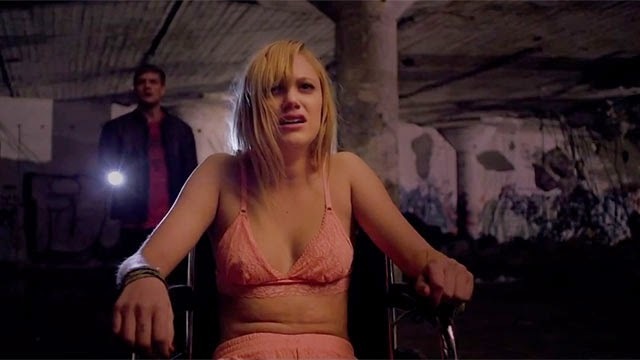Film Review: It Follows
Innovative Indie Horror Flick Creeps Into The Mainstream


Just your typical date night in suburban Detroit.
Latest Article|September 3, 2020|Free
::Making Grown Men Cry Since 1992


Just your typical date night in suburban Detroit.